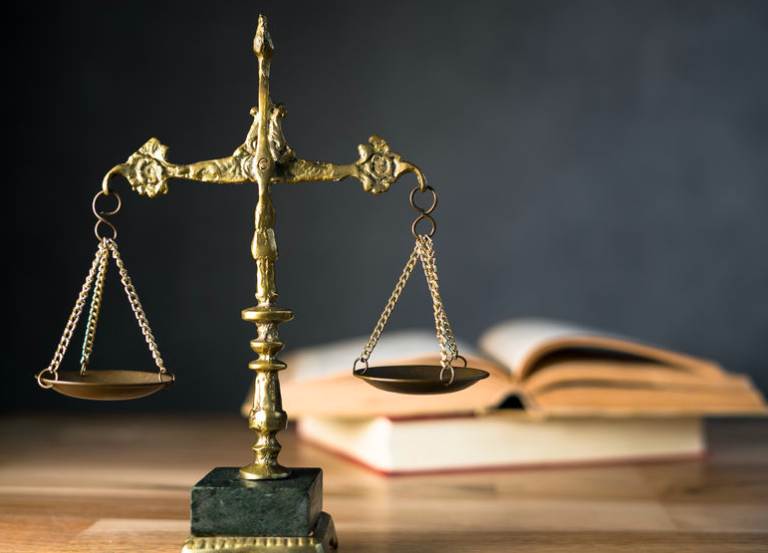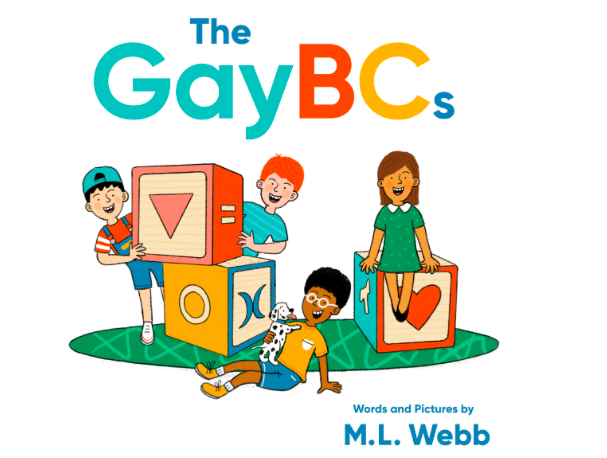By KRISTEN BUSH
We’ve all had one of “those” Thanksgivings; the turkey got burnt, Uncle John got drunk, that wayward rebel nephew showed up, and your mother-in-law told you that your stuffing was dry. Drama! Even the neighbors know that your house on Thanksgiving is a catastrophe.
Well folks, Alaska is the neighborhood and Anchorage is currently the catastrophe that nobody wants to invite to Thanksgiving dinner.
We have a mayor drunk on his own power, and an Assembly that recklessly feeds him hypothetical “drinks” fueling that power. The same Assembly is voting for ordinances and supporting mandates that fundamentally seek to dismantle our economy, haphazardly trying to put our police force at risk, destabilizing our parental rights, and circumventing jurisprudence with the CARES Act funds. All in an effort to advance the Administration’s, or their own, personal agendas and special interests.
And the good, hard-working citizens and businesses of Anchorage have no seat at the table so they can look the Mayor and Assembly in the eye and say, “we are not being fed at your Thanksgiving table, Mr. Mayor!”
Gov. Mike Dunleavy distributed CARES Act funds to all Alaska cities, boroughs, towns and villages and Anchorage received a very large piece of that pie (Thank you, Governor).
Our governor entrusted those local entities to be good stewards of these funds and act in the best interests of their populace as it relates to COVID-19 money, not as it relates to pet projects and not as it relates to pre-existing social programs for issues the Berkowitz Administration has been ineffective in solving for the prior few years.
The Assembly was being blasted by public testimony that quite frankly, made many Assembly Members look very uncomfortable – when they were listening – and before the Mayor’s mandates resulted in barricaded doors that keep the public out of sight.
This is all done on the premise of safety and under the justification that the Assembly receives all our comments electronically and they weigh them very carefully.
The truth is, and every adult knows this, when you get called out for something, it has far greater impact when it’s face-to-face than if you just received a reprimand in a two page letter.
There’s a key component to public, in-person testimony that is missing from electronic testimony – nobody else hears it and the testifier never even knows if you read past the first sentence.
The Assembly can sit up in their Loussac Castle and not have to see the faces of the people they are hurting and ignoring and failing and falsely accusing of racism.
Assembly members, why are you so afraid of facing your constituents? It’s ever so comfortable for you to sit in a vacuum and hear your flowery speeches on your feelings and justifications when your voices bounce back in your own ears.
The Assembly is violating the Open Meetings Act, and that must change and it must change immediately. The people of this city have the right to open meetings of this Assembly and to face those who were elected to serve them!
As to restrictions on gatherings, churches, bars and restaurants- the mayor is unilaterally shutting down businesses with unfounded proof that they are any greater risk than the thousands of people shopping in grocery stores and hardware stores and playing sports.
The continuing stranglehold on the hospitality industry is unjustified and destroying people’s life work. The small businesses of the MOA used to employ a significant portion of the work force.
Mayor Berkowitz, I personally invite you to get your hammer and nails out and show up to help nail the boards on the doors and windows of the businesses that you are shutting down. Boards nailed over the doors and windows of any business is a board that may never be removed. Go help them with that, Mr. Mayor, because that is figuratively the only help you’ve given them.
The people want to work. Businesses want to open. Article 1 of the Alaska Declaration of Rights of the Alaska Constitution states, “This constitution is dedicated to the principles that all persons have a natural right to life, liberty, the pursuit of happiness and the enjoyment of the rewards of their own industry…”
Mayor, Assembly, you can no longer hold hostage the people’s right to their own industry. Your mandates are arbitrarily singling out one industry, limiting and handicapping their functionality and failing to funnel CARES Act funds into the community of our local businesses, workers and households. It is a travesty that the MOA’s $156 million of CARES Act funds were received on May 21. They have been sitting on this money since May.
This Assembly has been grossly incompetent at getting funds into businesses and struggling households. The Assembly needs to sustain the economic capabilities of all businesses that are hurting with these funds and it needs to be done swiftly and with the strongest fiscal ceiling possible, as small businesses are the lifeblood of our city. And economic support to households that are in utter desperation also need to be supported promptly and without delay.
I implore this Assembly and Mayor to recognize that you are up in those seats not for the few, but for the many.
Your obligation is to all residents of Anchorage and you owe it to us to be prudent with the CARES Act funds and save our city. We don’t need you to spruce up beetle kill and make bike trails and buy hotels. We need you to care for our economy, our businesses, our households, our schools, our police with that money. And fast.
If the Assembly and mayor collectively fail in this endeavor, our city won’t be a vibrant, diversified, successful city but will continue this path of becoming a hollow shell that loses families, becomes known as anti-business, and will look like another run-down, abandoned metropolis the likes of Seattle, Portland, or San Francisco. All those cities were once proud jewels of beauty, safety, and success.
We are literally sitting on the same precipice that is now in their rear-view mirror. We must fight against arriving at the same destination with everything we’ve got.
We are begging you, get this done right, and get it done swiftly. Before it’s too late.
Open this city up and let people mitigate their risk the same we always have, with integrity and intelligence.
If every other major Alaska community is open and doing this now, so can we. We must stop regulating in fear mode.
Remove the emergency powers of the mayor and get back to representing the constituents instead of yourselves.
Do what’s right. Do it now.
Kristin Bush is an Anchorage civic-minded citizen.








